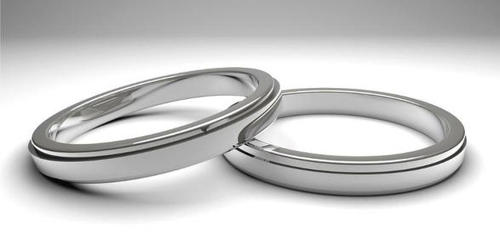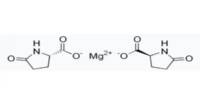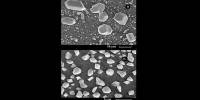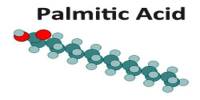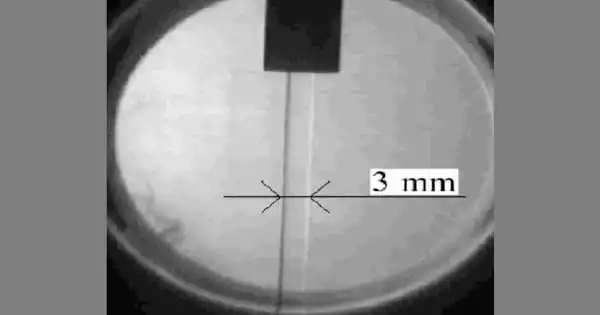Argentium is one of a new generation of silver alloys. Argentium silver is a brand of modern tarnish-resistant silver alloys, containing either 93.5% or 96% silver. It is a superior, high-performance silver with a number of unique properties. Argentium alloys replace some of the copper in the traditional sterling silver alloy (92.5% silver + 7.5% copper) with the metalloid germanium. It is a superior casting alloy and will deliver brighter, whiter, and more beautiful castings than traditional Sterling silver. Argentium Silver is stronger and more durable than traditional sterling, making it more resistant to these types of damages.
Origins and description
Argentium silver is the result of research by Peter Johns at the Art and Design Research Institute (ADRI), School of Art & Design, Middlesex University. However, Argentium also boasts a whole range of other properties besides this, which helps to make it an exceedingly clever alloy for those who choose to embrace it. Germanium was discovered to impart the following properties to sterling silver:
- Firescale elimination
- High tarnish resistance
- Precipitation hardening and simple heat-hardening properties
- Increased ductility
- Increased thermal and electrical resistance (making alloys suitable for welding and laser forming)
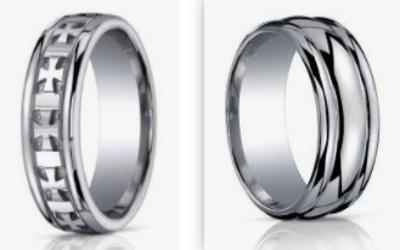
Fig: Argentium Silver – a precious metals
Argentium silver uses more pure silver and is available in two grades–.932 and .960. The number associated with each grade indicates the percentage of pure silver contained in the piece. Many of these properties significantly affect the traditional methods of working silver. For instance, the absence of firescale eliminates tedious and time-consuming steps required by the silver worker using traditional sterling silver. It also eliminates the need for plating the final product which is often done on manufactured items because of the problems introduced by firescale. All of these benefits make Argentium Silver better for the end wearer and gentler on the environment, as fewer chemicals are used in production. Tarnish resistance is of significant importance to both silver workers and the wearer of silver jewelry.
Argentium Silver is patented and trademarked by Argentium Silver Company, UK.
Benefits
Argentium Silver can be fused to itself and to other precious metals. This removes unsightly solder joins, reduces clean up time, and allows silversmiths and artisans to reduce production times and design capabilities. It is known for its superior hardness and durability, and unlike traditional sterling silver, it can be hardened effectively by heat treatments without any negative side effects.
Physical properties
Traditional sterling silver has a solidus melting temperature of 802°C (1475°F) and a liquidus flow point of 899°C (1650°F). Argentium 935 silver has a solidus of 803°C (1477°F) and a liquidus of 903°C (1657°F), while Argentium 960 has a solidus of 905°C (1661°F) and a liquidus of 925°C (1697°F).
